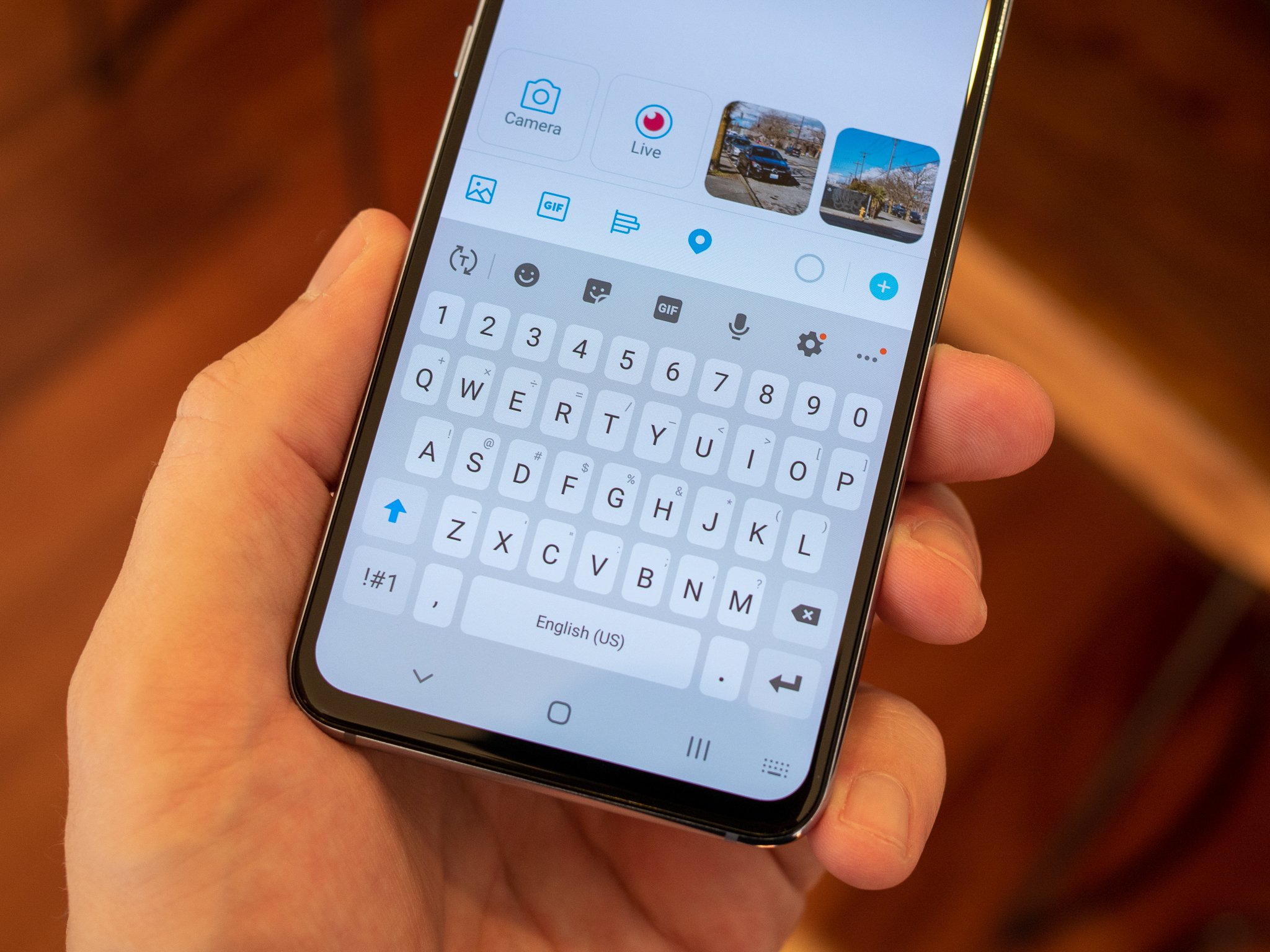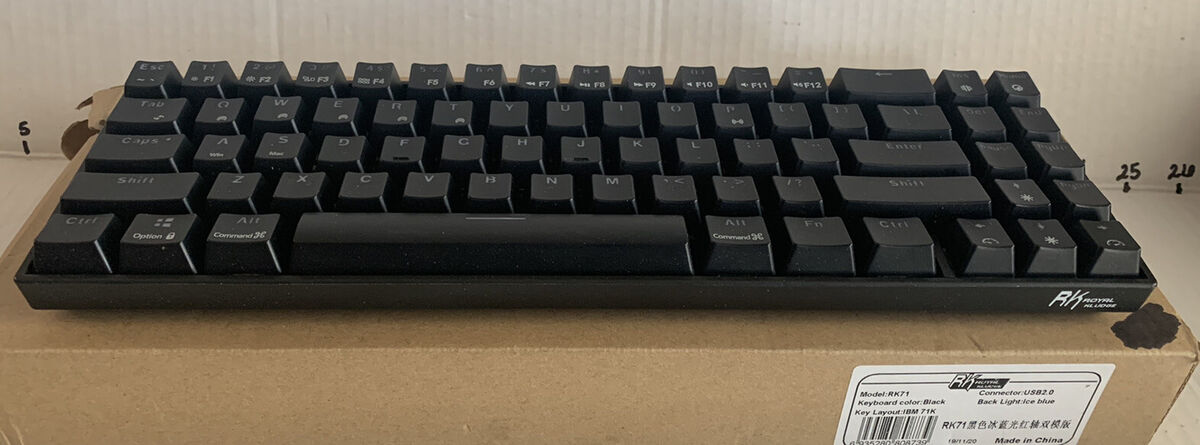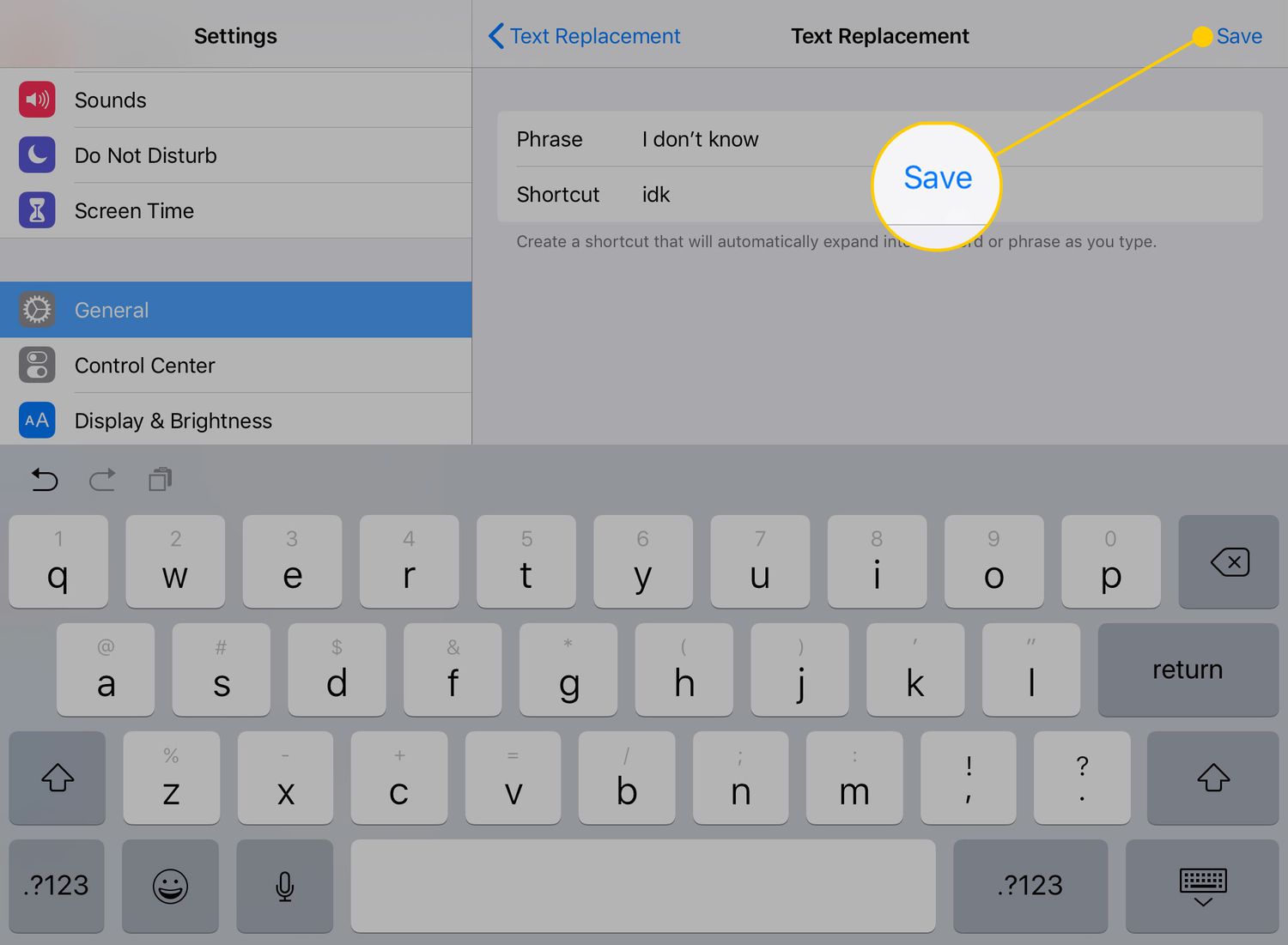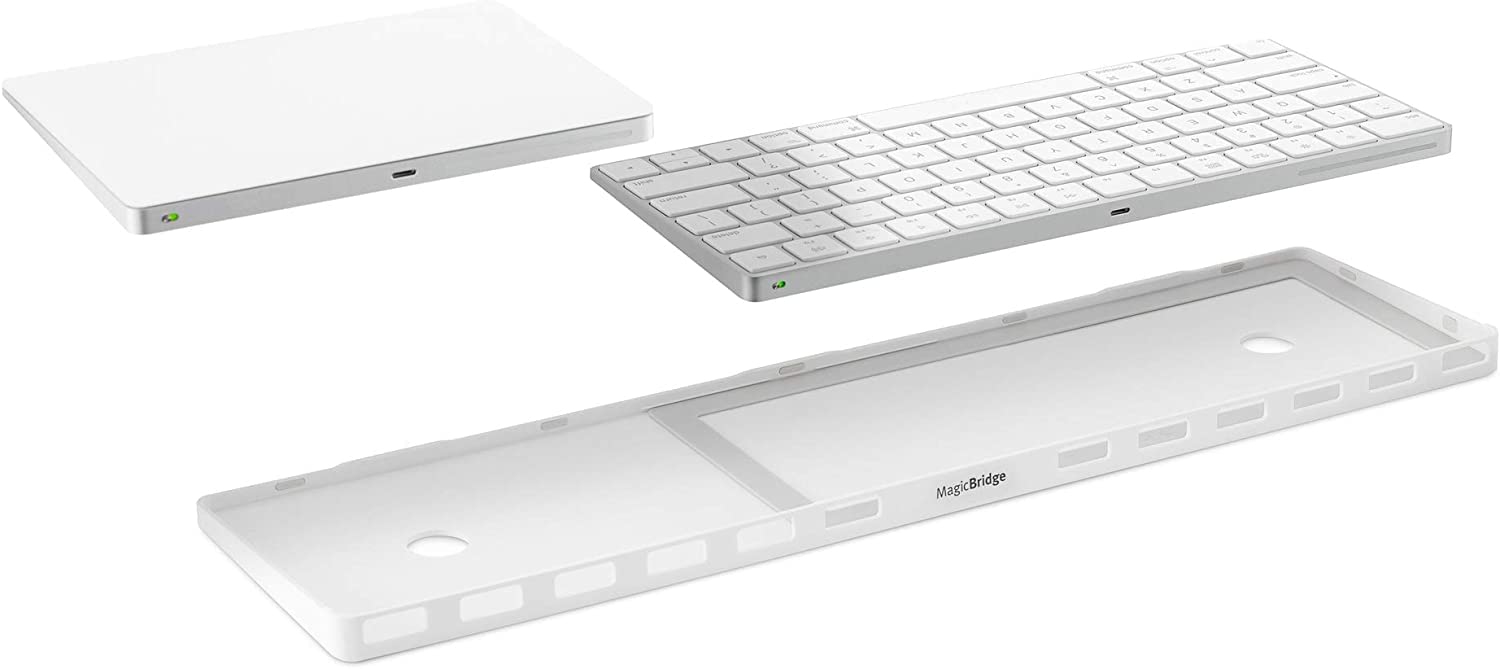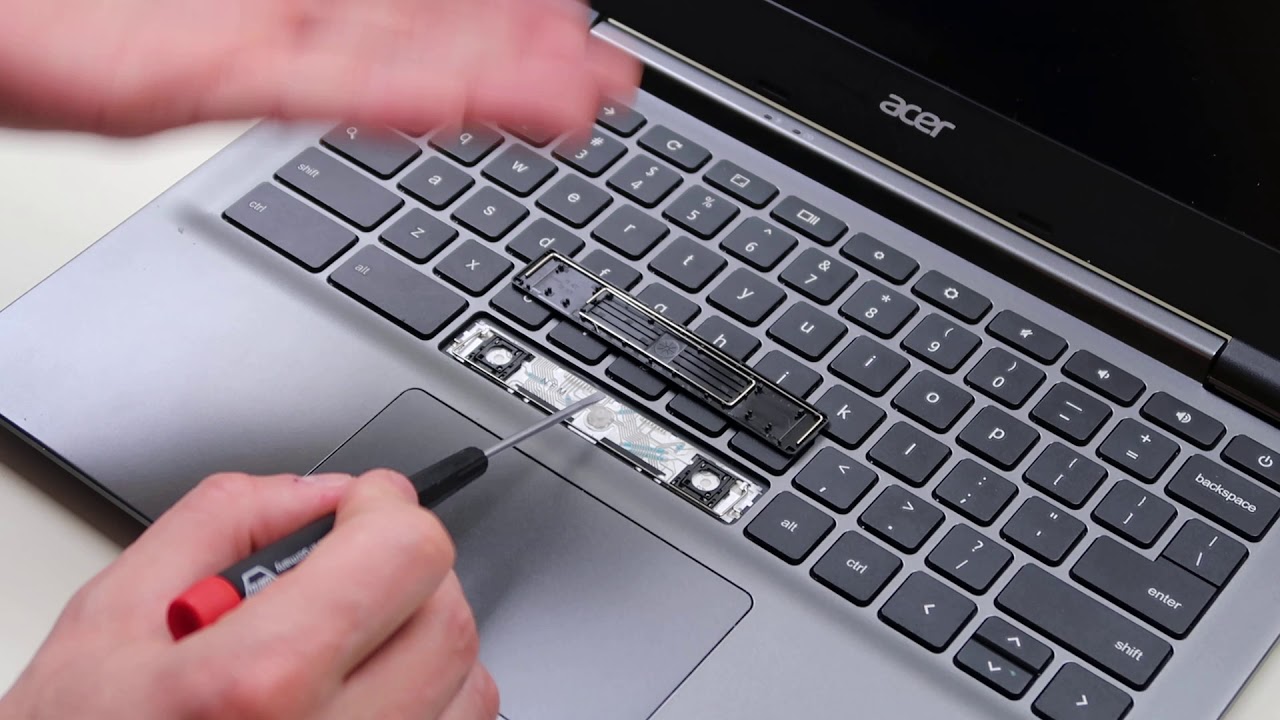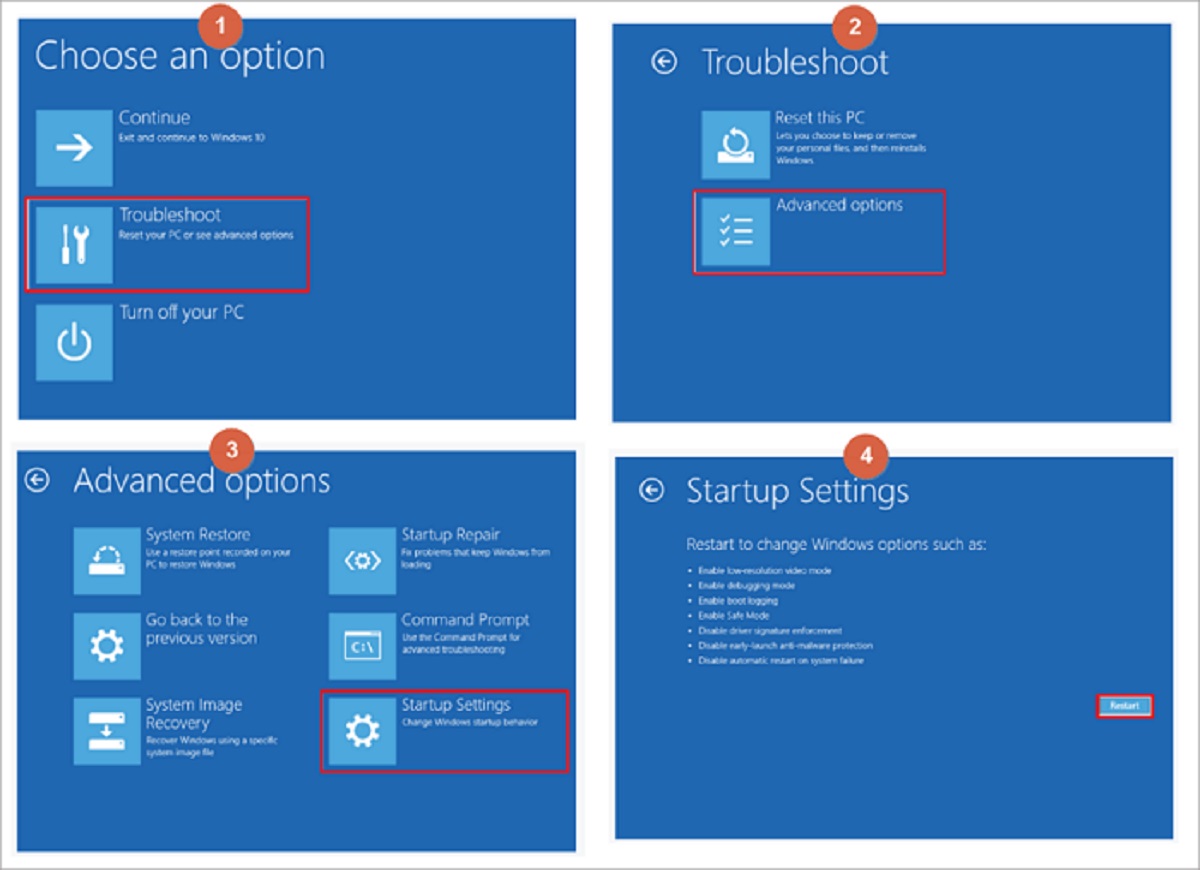Introduction
Welcome to the digital age, where our smartphones have become an integral part of our lives. From communication to entertainment, our smartphones play a vital role in our day-to-day activities. One of the most important features of our smartphones is the keyboard, allowing us to effortlessly type out messages and interact with various applications.
However, there might be instances where the keyboard on your Android device behaves unexpectedly or becomes unresponsive, causing frustration and hindering your productivity. Luckily, there are several steps you can take to resolve this issue and get your keyboard back to normal.
In this article, we will explore different methods to troubleshoot and fix common keyboard issues on Android devices. Whether you are experiencing sluggish performance, unresponsive keys, or even a completely unusable keyboard, we’ve got you covered.
Before we dive into the troubleshooting methods, it’s worth noting that the steps might differ slightly based on the version of Android and the keyboard app you are using. However, the overall concepts and troubleshooting techniques generally remain the same.
So, if you’re ready to restore your Android keyboard to its normal functionality, let’s get started!
Check Default Keyboard Settings
The first step in troubleshooting your keyboard issues on Android is to check the default keyboard settings on your device. Sometimes, the problem may simply be a misconfiguration or a change in settings. Follow these steps to check your default keyboard settings:
- Open the Settings app on your Android device. You can usually find it in the app drawer or by swiping down from the top of the screen and tapping the gear icon.
- Scroll down and tap on “System” or “System & Device,” depending on your device model.
- Look for the “Language & input” or “Language & keyboard” option and tap on it.
- Under the “Keyboard & input methods” section, you will see a list of available keyboards. Make sure that the keyboard you want to use is selected as the default option. If not, tap on it to select it as the default.
Once you have selected the correct keyboard as the default, go ahead and try using the keyboard in various apps to see if the issue has been resolved. If not, don’t worry, we have more troubleshooting techniques to explore!
It’s also worth noting that some Android devices come with multiple pre-installed keyboard apps. If you have multiple keyboard apps installed on your device, it’s a good idea to check the settings for each app to make sure they are configured correctly.
By checking and confirming the default keyboard settings, you can eliminate any potential configuration issues that may be causing the problem. If the issue persists, continue to the next troubleshooting method to further troubleshoot your Android keyboard.
Reset Keyboard Settings
If checking the default keyboard settings didn’t resolve the issue, the next step is to reset the keyboard settings on your Android device. This will revert the keyboard settings back to their default configuration, potentially resolving any software glitches or conflicts that may be causing the problem. Here’s how to reset the keyboard settings:
- Open the Settings app on your Android device.
- Scroll down and tap on “System” or “System & Device,” depending on your device model.
- Look for the “Language & input” or “Language & keyboard” option and tap on it.
- Under the “Keyboard & input methods” section, find the keyboard app you are using.
- Tap on the keyboard app and look for the option to “Reset settings” or “Reset to default.”
- Confirm the reset by tapping on the appropriate button.
Once the keyboard settings have been reset, try using the keyboard in different apps to see if the issue has been resolved. Sometimes, a simple reset can solve minor software issues that cause keyboard malfunctions.
If resetting the keyboard settings didn’t fix the problem, don’t worry. There are still more troubleshooting methods to try. Let’s explore the next one!
Clear Keyboard Cache and Data
If resetting the keyboard settings didn’t resolve the issue, the next troubleshooting step is to clear the cache and data of the keyboard app. Clearing the cache and data can help eliminate any corrupt or outdated files that might be causing keyboard problems. Follow these steps to clear the keyboard cache and data:
- Open the Settings app on your Android device.
- Scroll down and tap on “System” or “System & Device,” depending on your device model.
- Look for the “Apps” or “Applications” option and tap on it.
- Find the keyboard app you are using in the list of installed apps. It is usually named after the keyboard brand or app name.
- Tap on the keyboard app and you will see options like “Storage,” “App info,” or “App details.” Tap on this option.
- On the app details page, you will find options to clear the cache and clear data. Start by tapping on “Clear Cache” and then tap on “Clear Data.”
- Confirm the action when prompted.
Clearing the cache and data of the keyboard app might take a few moments, depending on the size of the cache and data. Once the process is complete, restart your device and try using the keyboard again to see if the issue has been resolved.
If clearing the cache and data didn’t solve the problem, there are still more troubleshooting methods to explore. Let’s move on to the next one!
Install a New Keyboard App
If none of the previous methods have resolved your keyboard issues, it might be worth considering installing a new keyboard app. Sometimes, the problem lies with the default keyboard app or its compatibility with your device. By installing a different keyboard app, you can bypass any potential software conflicts and enjoy a fresh typing experience. Follow these steps to install a new keyboard app:
- Open the Google Play Store app on your Android device.
- Tap on the search bar at the top of the screen.
- Type “keyboard app” or the name of a specific keyboard app you want to try.
- From the search results, select the keyboard app you want to install.
- Tap on the “Install” button to begin the installation process.
- Once the app is installed, you may need to go back to the “Language & input” or “Language & keyboard” settings to select the newly installed keyboard as your default.
Once you’ve installed a new keyboard app and made it your default, give it a try in various apps to see if the keyboard issues have been resolved. Different keyboard apps offer various features and customization options, so you might find one that suits your typing style and preferences better than the default keyboard.
If the new keyboard app resolves the issues you were experiencing, you can continue using it as your default keyboard. However, if the problem persists or you prefer to stick with the default keyboard, there are still more troubleshooting methods to explore.
Update Keyboard App
If you are still facing keyboard issues on your Android device, it’s important to check if there are any updates available for your keyboard app. Outdated versions of the app can sometimes cause compatibility issues or contain bugs that affect the keyboard’s performance. Updating the keyboard app to the latest version can help resolve these issues. Here’s how to update your keyboard app:
- Open the Google Play Store app on your Android device.
- Tap on the menu icon (usually three horizontal lines) in the top-left corner of the screen.
- From the menu, select “My apps & games.”
- Under the “Installed” tab, you will see a list of apps installed on your device. Look for the keyboard app you are using.
- If there is an update available for the keyboard app, you will see an “Update” button next to it. Tap on “Update” to begin the update process.
- Wait for the update to download and install on your device. This may take a few moments, depending on your internet connection speed and the size of the update.
Once the update is complete, restart your device and try using the keyboard app again to see if the issues have been resolved. Updating the keyboard app ensures that you have the latest bug fixes, improvements, and compatibility enhancements, which can significantly improve the keyboard’s performance.
If updating the keyboard app doesn’t solve the problem, there are still more troubleshooting methods to explore. Let’s move on to the next one!
Restart Your Device
When it comes to troubleshooting any technical issues, a simple restart can often do wonders. Restarting your Android device can help resolve various software conflicts or glitches that may be affecting the keyboard’s performance. It clears the device’s temporary memory and starts fresh, potentially resolving any underlying issues. Here’s how to restart your Android device:
- Press and hold the power button on your device. The location of the power button may vary depending on your device model.
- A power menu will appear on your screen, showing options like “Power off,” “Restart,” or “Reboot.”
- Select the option to restart your device. This may be labeled as “Restart” or an icon that resembles a circular arrow.
- Your device will then shut down and start back up again. This process may take a few moments.
Once your device has restarted, try using the keyboard in various apps to see if the issues have been resolved. Sometimes, a simple restart can clear temporary software issues and restore the normal functionality of the keyboard.
If restarting your device didn’t fix the problem, there is still one more troubleshooting method worth exploring. Let’s move on to the next step!
Perform a Factory Reset
If you have tried all the previous troubleshooting methods and are still experiencing persistent keyboard issues on your Android device, performing a factory reset may be the last resort. A factory reset will erase all data and settings on your device, essentially restoring it to its original factory state. This can help eliminate any complex software issues that might be causing the keyboard problems. However, it’s important to note that performing a factory reset will delete all your personal data, so make sure to back up any important files before proceeding. Here’s how to perform a factory reset:
- Open the Settings app on your Android device.
- Scroll down and tap on “System” or “System & Device,” depending on your device model.
- Look for the “Reset” or “Backup & reset” option and tap on it.
- Tap on “Factory data reset” or “Erase all data” (the exact wording may vary).
- Read the warnings and confirm your decision to proceed with the factory reset.
- Enter your device’s PIN or pattern lock, if prompted.
- Finally, tap on “Reset” or “Erase all data” to initiate the factory reset process.
After the factory reset is complete, your device will restart, and you will need to set it up again as if it were brand new. During the setup process, you can choose to restore your data from a backup, if you have one. Once your device is set up, test the keyboard again to see if the issues have been resolved. In most cases, performing a factory reset can effectively resolve persistent software-related keyboard problems.
Remember that a factory reset should only be considered as a last resort when all other troubleshooting methods have failed. It is a drastic measure that will remove all your personal data, so use it with caution.
Conclusion
We’ve explored various troubleshooting methods to help you get your Android keyboard back to normal. From checking default keyboard settings to performing a factory reset, these steps aim to address common keyboard issues that users may encounter.
By checking the default keyboard settings, you can ensure that the correct keyboard is selected as the default. Resetting the keyboard settings and clearing the cache and data can help eliminate software glitches and conflicts that may be affecting the keyboard’s performance.
If these steps don’t resolve the issue, installing a new keyboard app or updating the existing app can provide a fresh and improved typing experience. Restarting the device can also help clear temporary software issues that may be causing the keyboard problems.
Finally, if all else fails, performing a factory reset can be considered as a last resort. This will restore your device to its original factory state, helping to eliminate complex software issues that may be affecting the keyboard’s functionality.
Remember, it’s important to back up your important data before performing any drastic steps such as a factory reset.
We hope that by following these troubleshooting methods, you were able to resolve the keyboard issues on your Android device and regain a smooth typing experience. If the problem persists, it may be worth contacting the device manufacturer or seeking professional assistance.
Happy typing!







